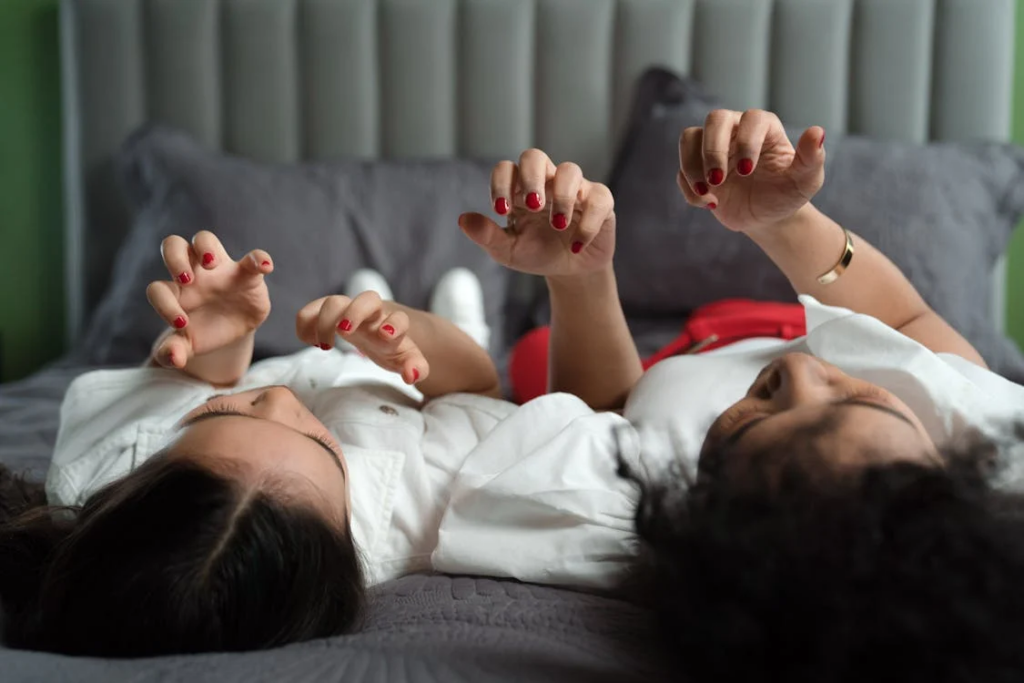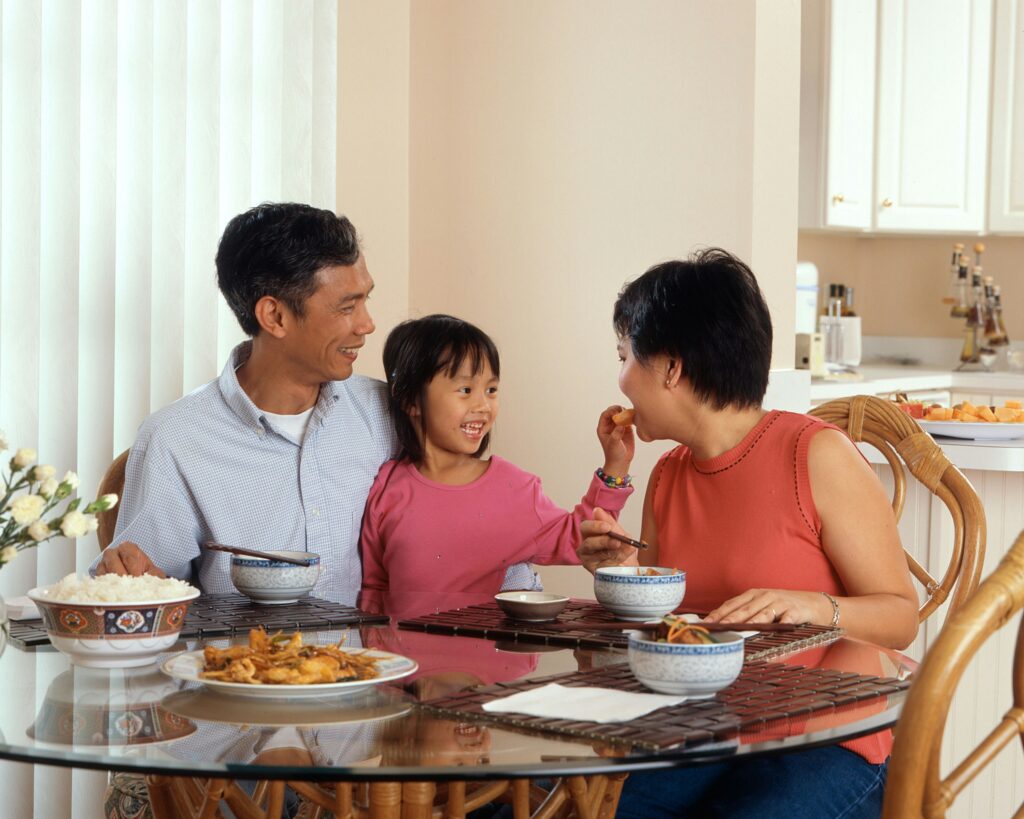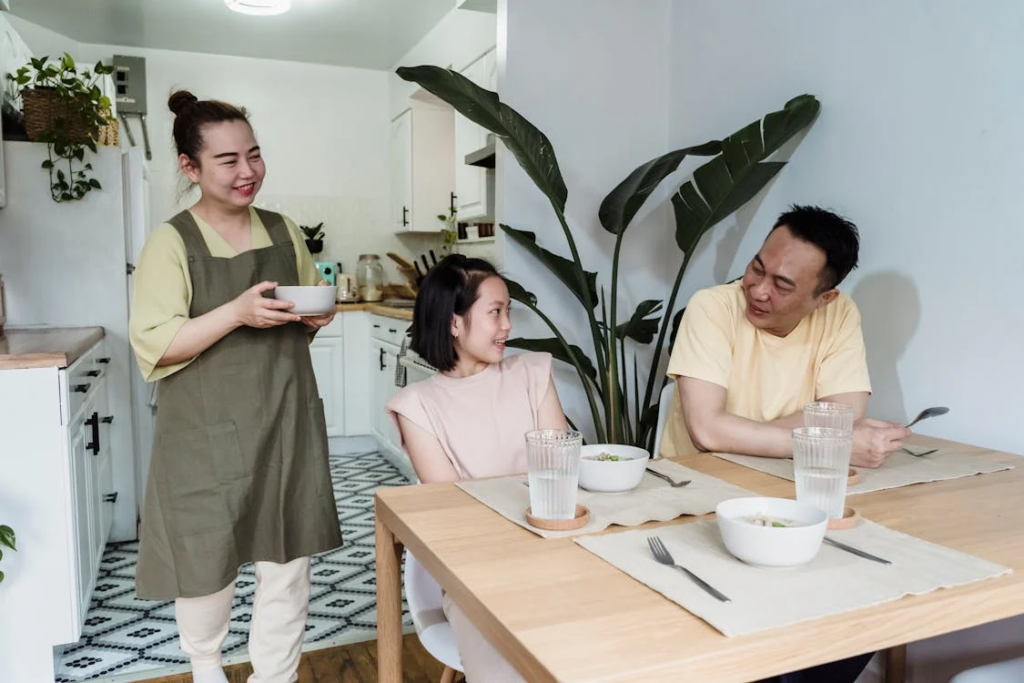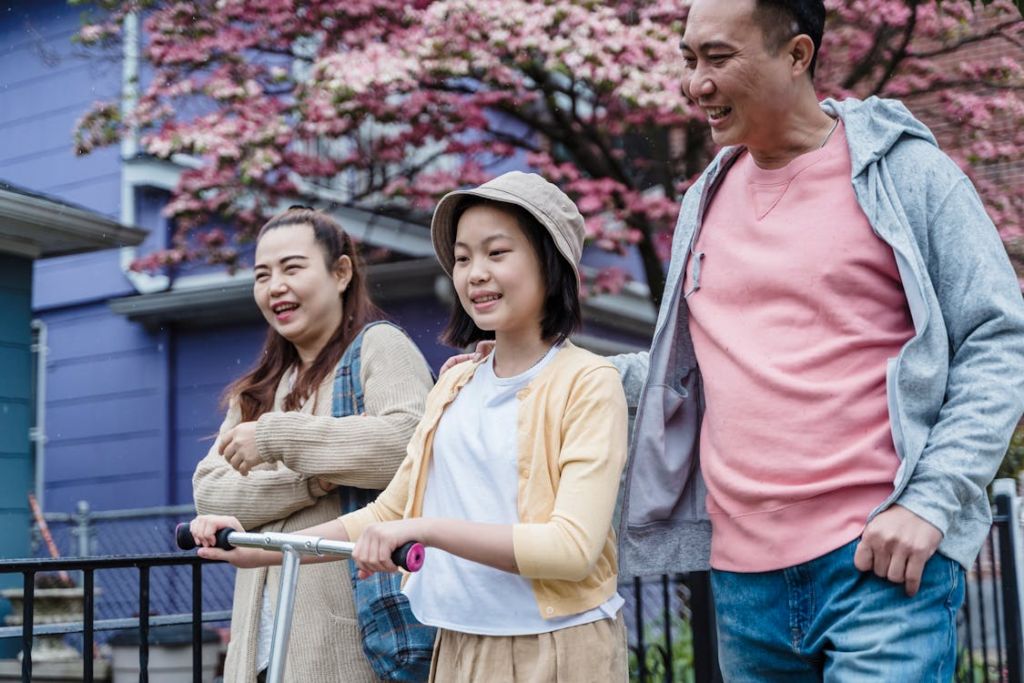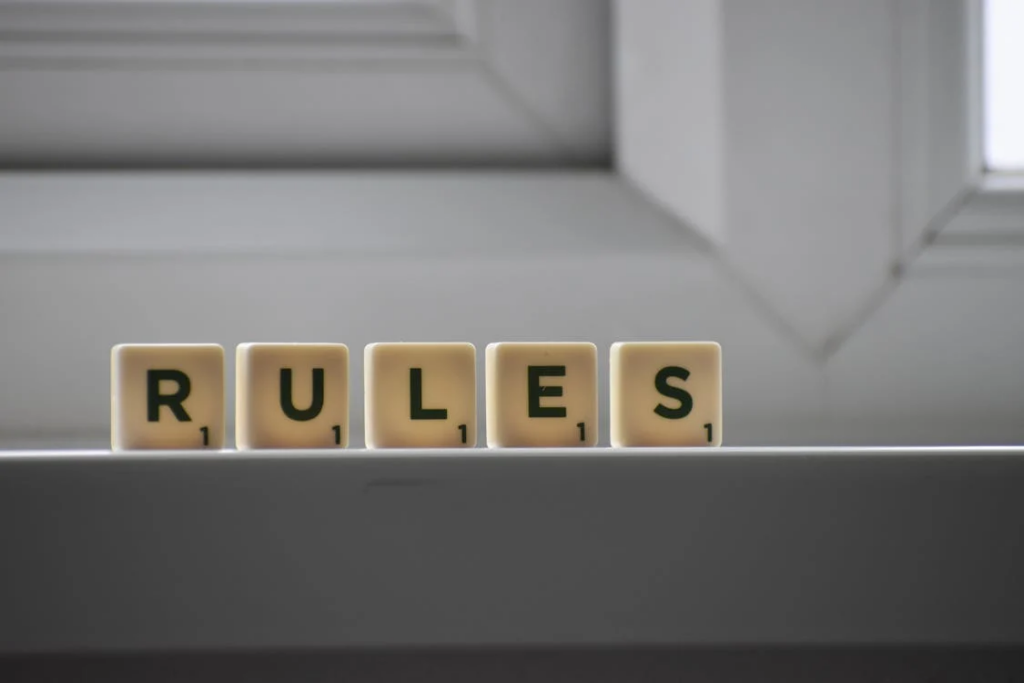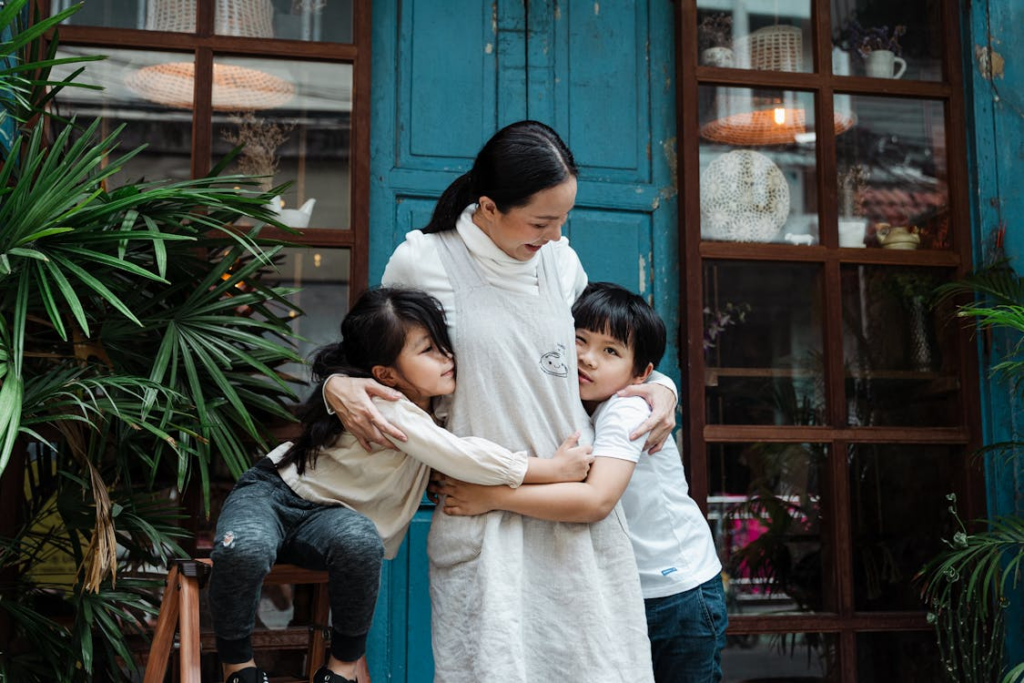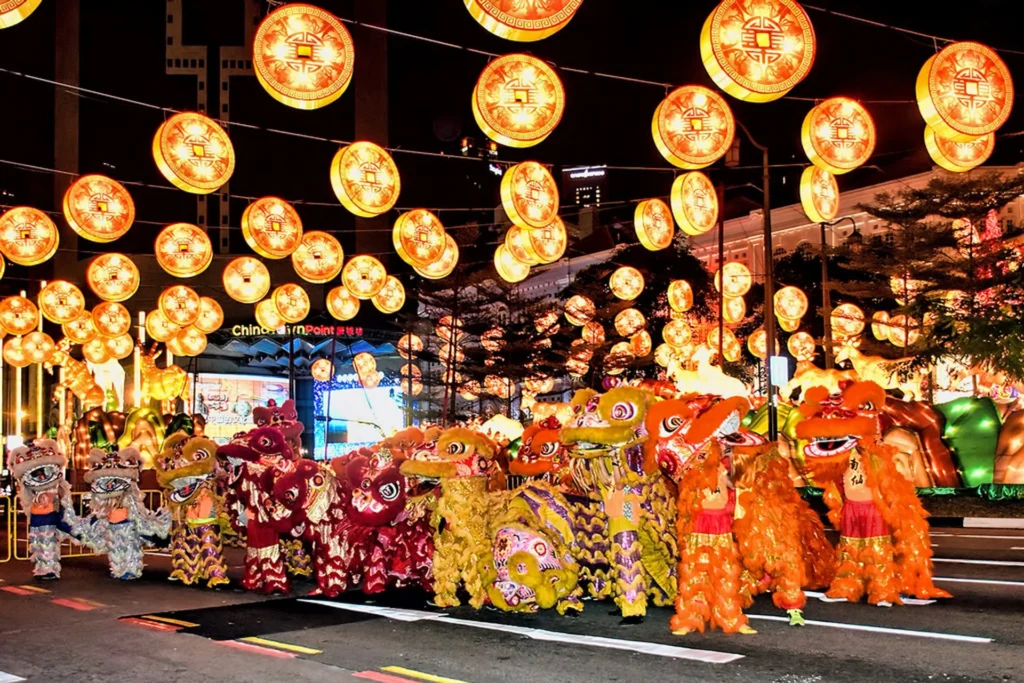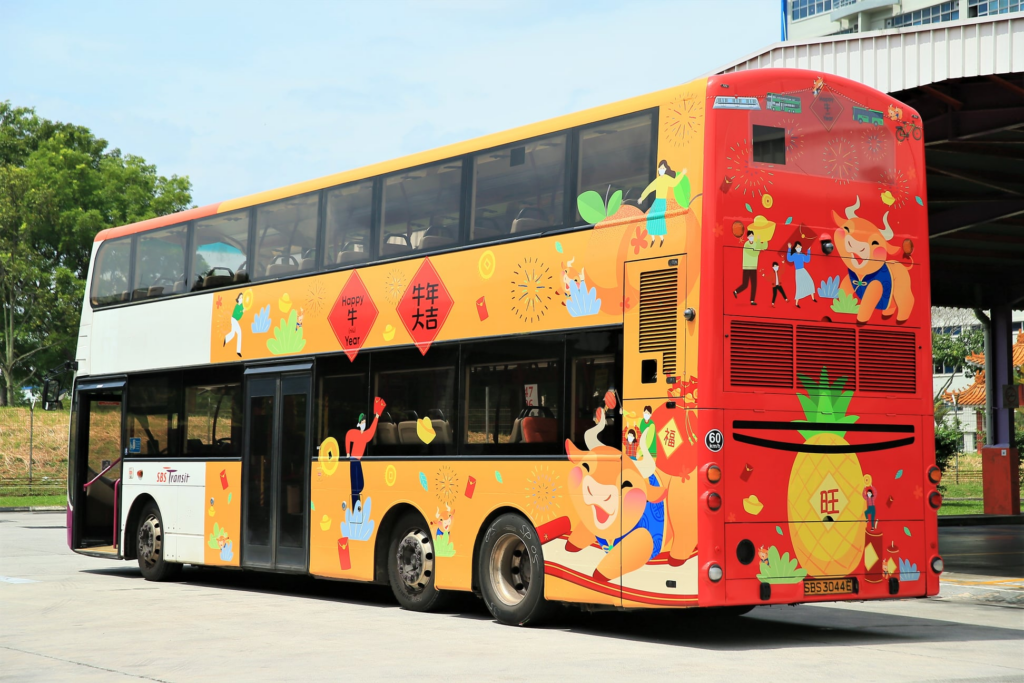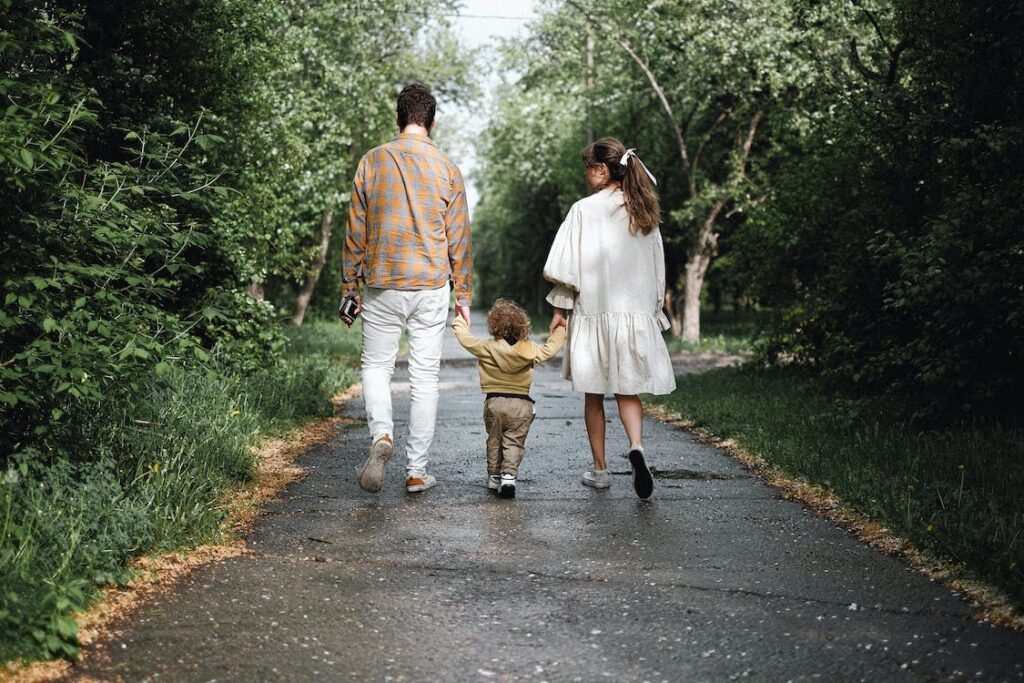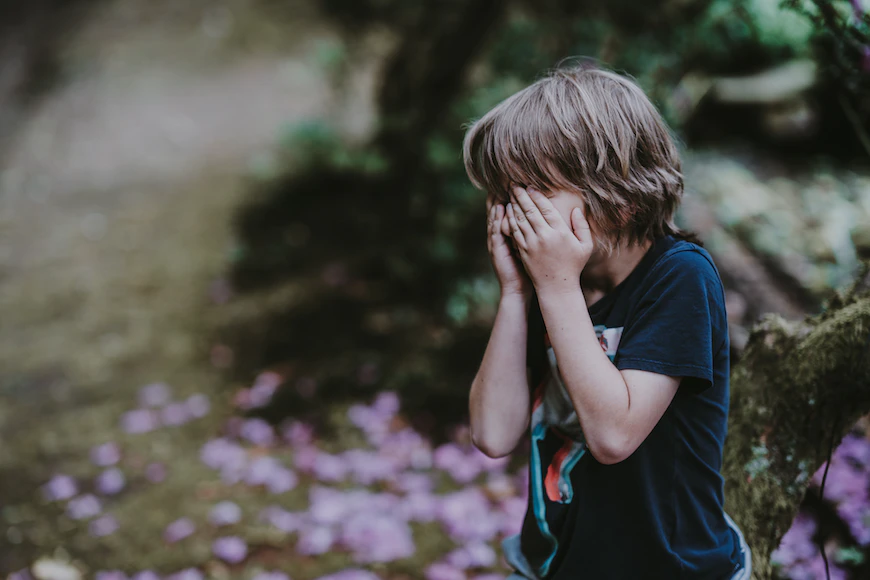"The Museum of Ice Cream in Singapore turns a visit into a sweet adventure full of creativity and fun for kids and adults alike."

When planning a fun and educational outing for kids in Singapore, the Museum of Ice Cream stands out as an exciting destination. This vibrant museum offers a delightful blend of interactive exhibits, hands-on activities, and sweet treats that captivate children and adults alike. As you step into this whimsical world, you’ll find that it’s not just about ice cream; it’s an adventure in creativity and learning.
What’s the Museum of Ice Cream?

The Museum of Ice Cream offers a delightful blend of education and entertainment centred around everyone’s favourite frozen treat. This whimsical attraction invites visitors to explore the rich history of ice cream through interactive, ice cream-themed installations.
You’ll learn fascinating tidbits about the origins and evolution of ice cream, all while indulging in sweet treats that bring history to life. From the first ice cream recipes to modern-day innovations, every corner of the museum is designed to engage and delight visitors of all ages. The Museum of Ice Cream promises an inclusive experience that welcomes families, friends, and ice cream enthusiasts alike.
Originally based in New York City, the Museum of Ice Cream has expanded to several locations across the United States, including Chicago, Miami, Boston, and Austin. Now, in Singapore, this institution continues to captivate with its blend of history, interactive art, and, of course, plenty of opportunities to indulge your sweet tooth.
Inside the Museum of Ice Cream

Inside the Museum of Ice Cream in Singapore, you’ll find a whimsical world filled with vibrant pink hues and a dragon-themed unicorn playground
One of the highlights is the opportunity to indulge in unlimited ice cream treats, each crafted in five delightful shapes and forms, with options for gluten-free and vegan diets. After enjoying your ice cream, dive into the famous sprinkle pool. The pool is meticulously cleaned and maintained with an antibacterial sprinkler shower to ensure a fresh and safe experience.
For more active fun, bounce on a big trampoline or try your luck at the claw machine. Swing amidst giant bananas and cherries, adding a playful twist to your visit. Every corner of the museum is Instagram-worthy, perfect for capturing memorable moments.
When you need a break, you can visit the retro-themed diner, where you can savour classics like banana splits or have milkshakes and waffles with customisable ice cream blends.
How to Get There?

Located at 100 Loewen Road in the Dempsey area, this whimsical destination is easily accessible by car or public transport.
The museum is open on Monday, Wednesday, and Thursday from 10:00 am to 6:00 pm, and extends its hours until 9:00 pm on Friday, Saturday, and Sunday. Note that the museum is closed on Tuesdays, so be sure to plan accordingly.
Note that tickets must be reserved online in advance. General admission tickets start from $35, while premium tickets are available from $45. The museum welcomes young visitors, with children aged 2 and under enter for free. Kids aged 13 and under must be accompanied by an adult to ensure a safe and enjoyable experience for everyone.
For more of the best places to visit with family in Singapore, check out March Holidays: 5 Epic Activities in Singapore!, Big Fun: Five Awesome Activities for Kids in SG, and Best Restaurants with Play Areas in Singapore.








